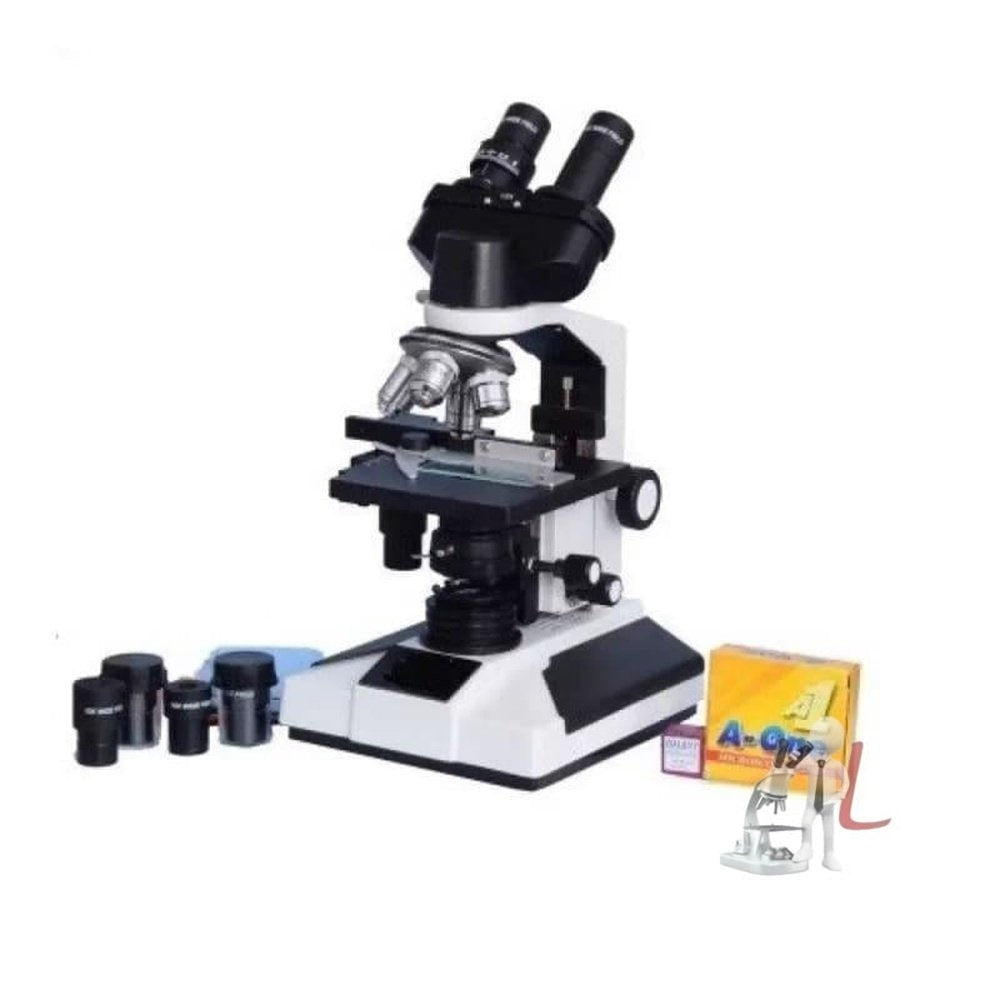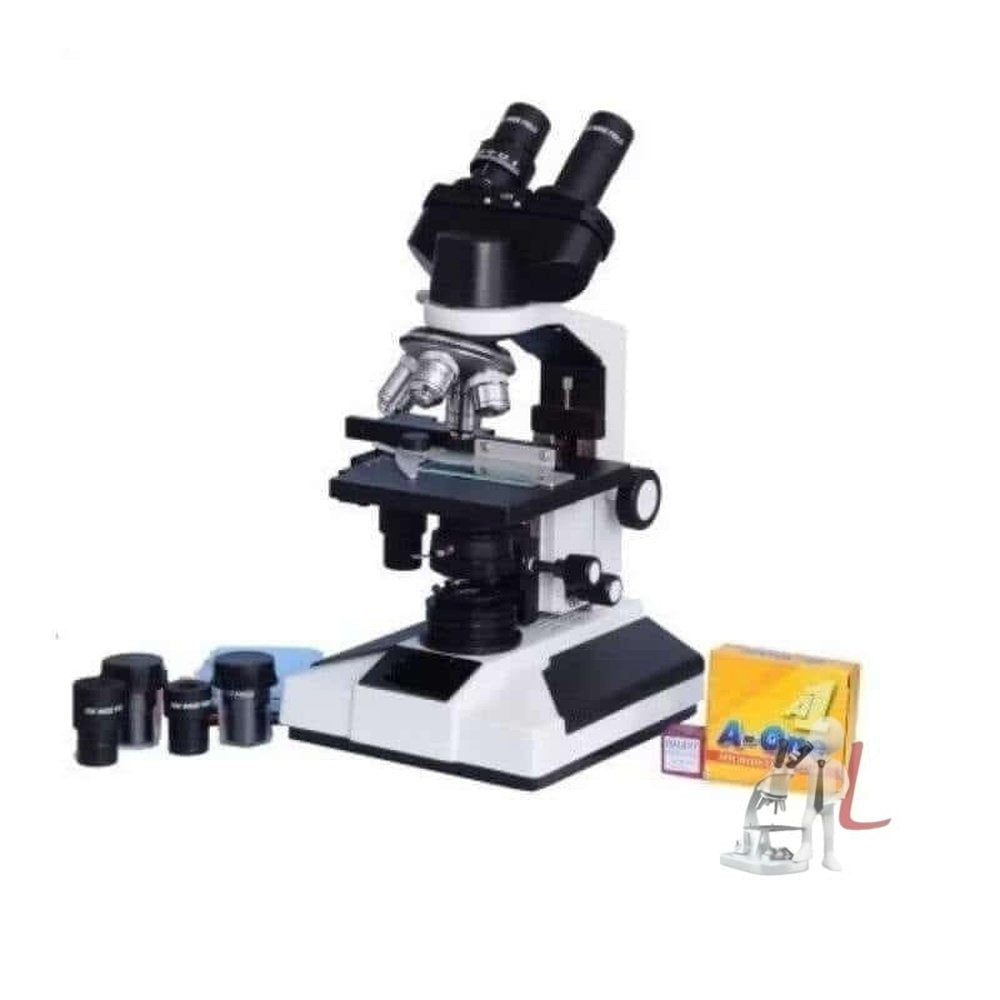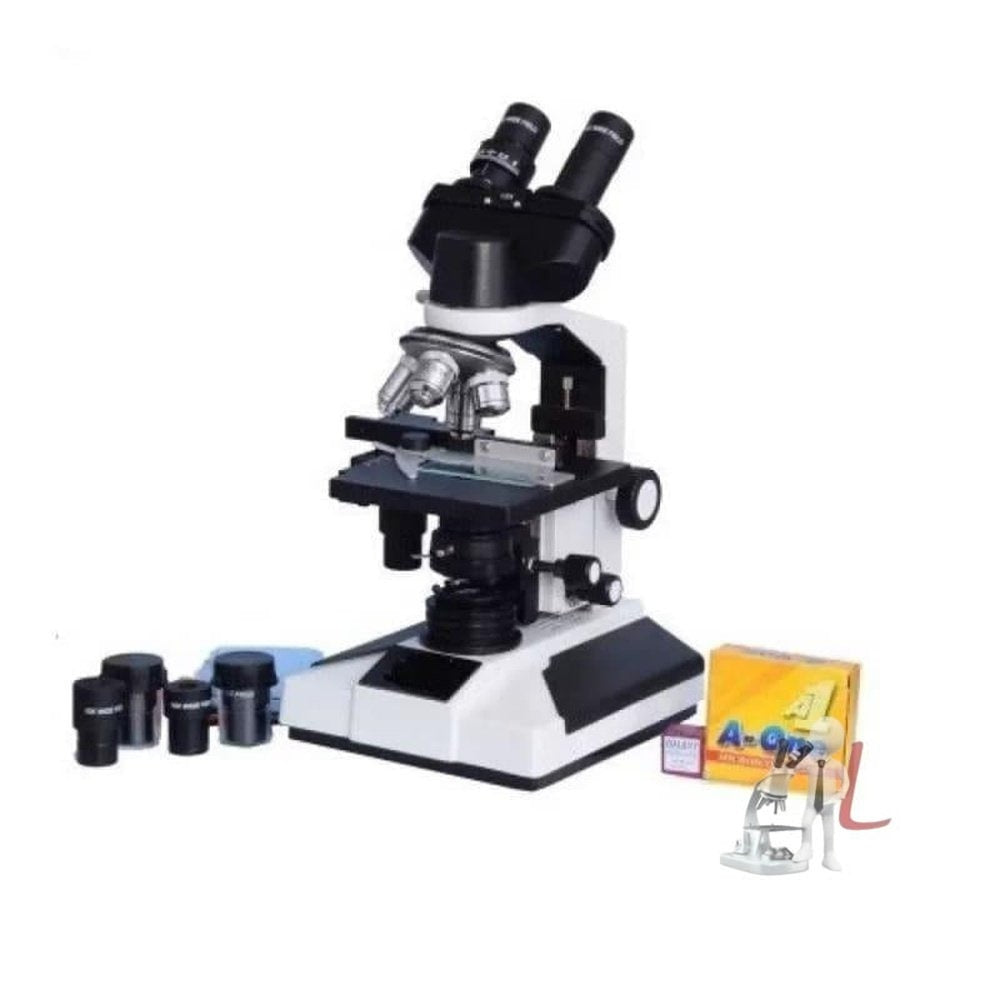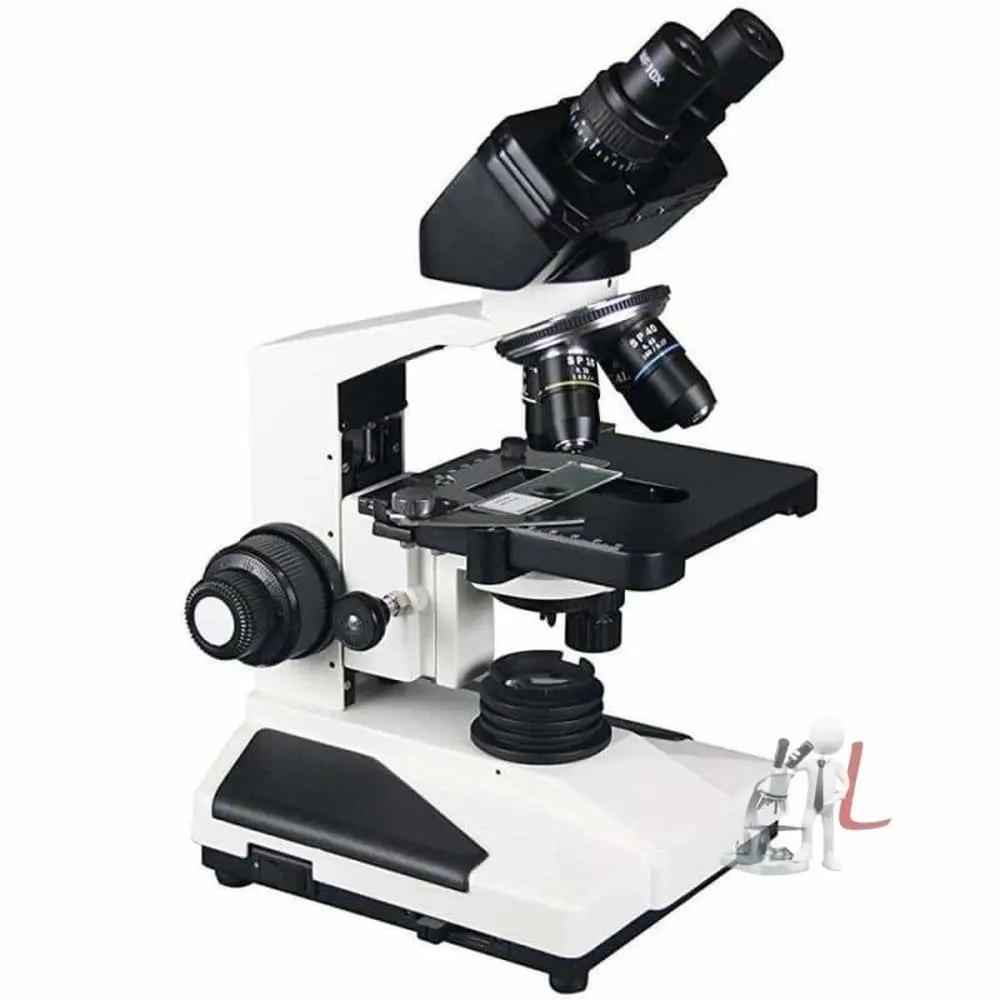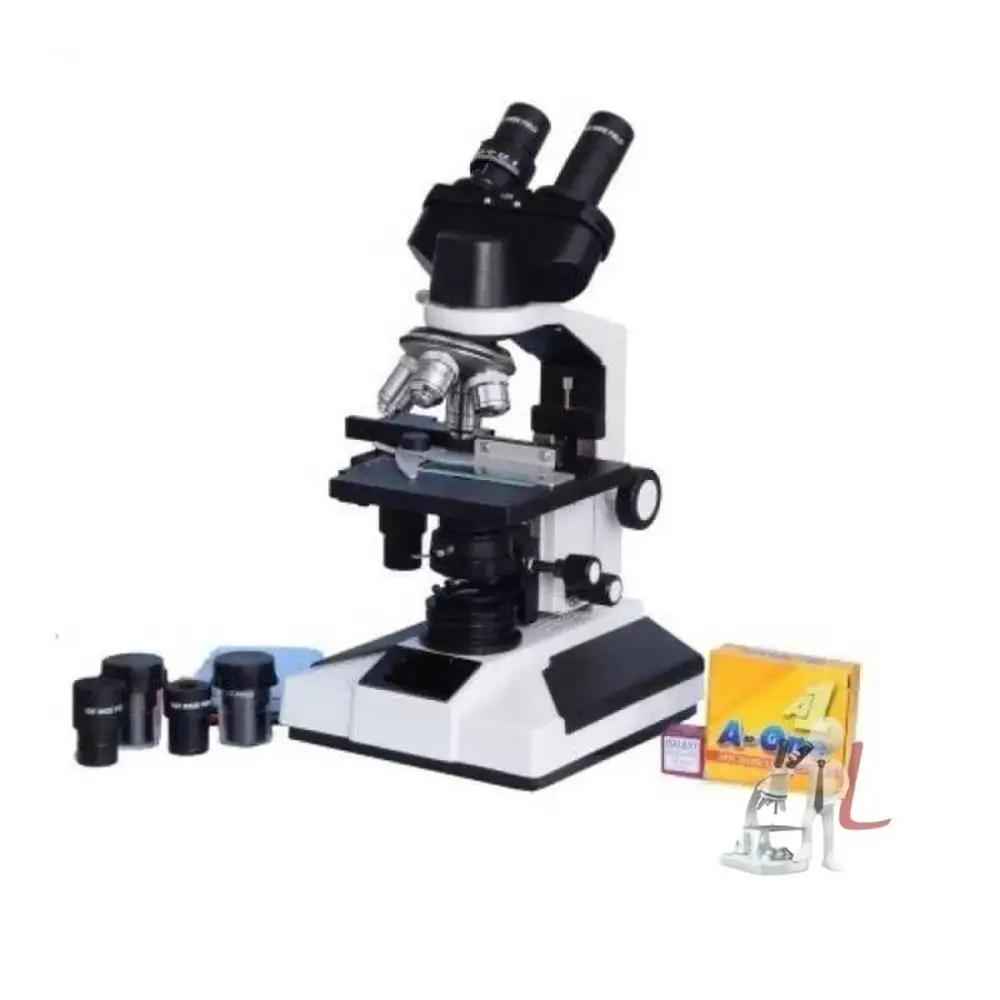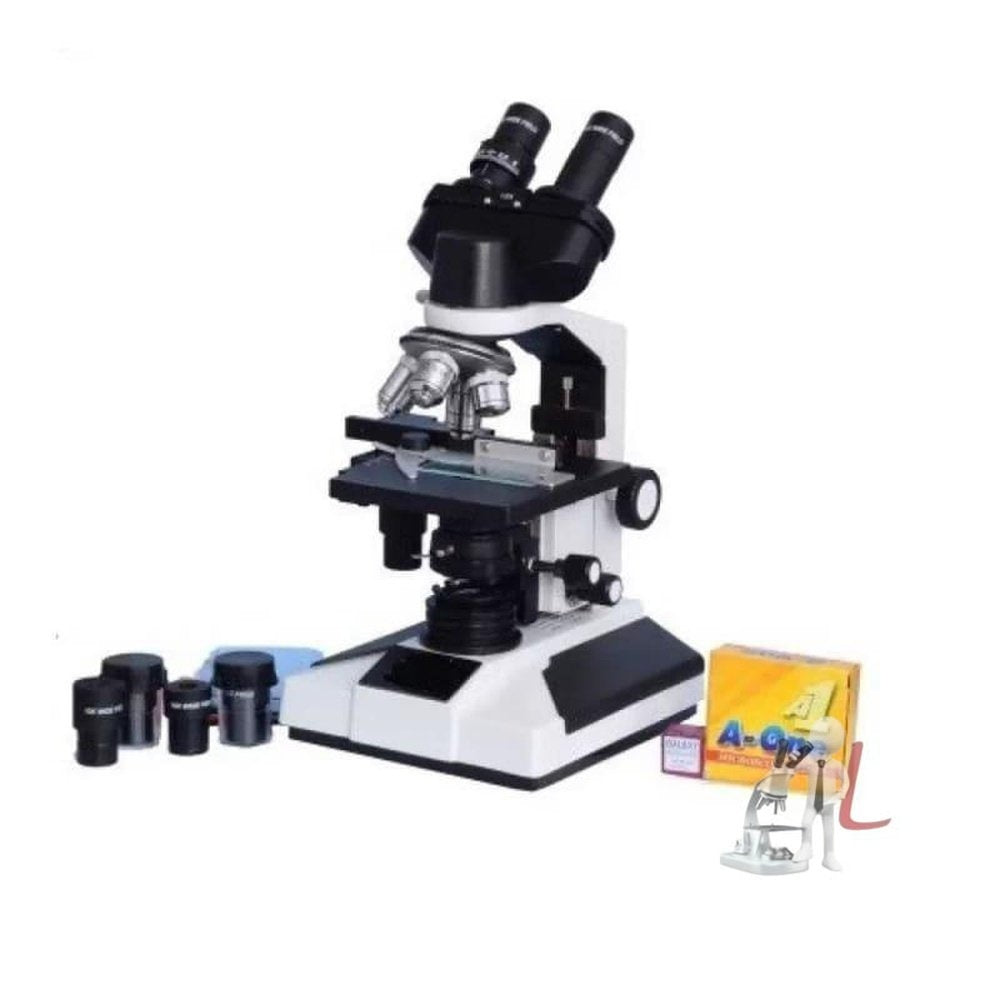Binocular Microscope: Unveiling the World of Magnification
Binocular Microscope is an essential tool for professionals and enthusiasts alike, providing incredible clarity and precision for examining specimens. These powerful instruments are designed to enhance the viewing experience and are widely used in various fields such as biology, material science, and education. A binocular microscope allows users to observe objects in three dimensions, making it easier to discern depth and spatial relationships.
Using a binocular microscope, researchers can explore the intricate details of biological specimens such as cells, tissues, and microorganisms. This capability is invaluable in laboratories, where the scrutiny of minute details can lead to significant discoveries. In educational settings, binocular microscopes play a vital role in teaching students about the microscopic world, fostering curiosity and understanding of complex biological processes.
Binocular microscopes typically feature two eyepieces, providing a more comfortable and immersive viewing experience compared to monocular models. This dual-eye setup reduces eye strain and allows users to view specimens with greater depth perception, making it an ideal choice for extended use during laboratory sessions or research projects.
Moreover, when selecting a binocular microscope, it's crucial to consider various factors such as magnification range, optical quality, and illumination systems. A good binocular microscope should offer adjustable magnification settings, typically ranging from 10x to 1000x, depending on the complexity of the samples being examined. This flexibility ensures that users can study a wide variety of specimens, from simple slides to more intricate structures requiring high magnification.
The optical components of a binocular microscope also play a significant role in its performance. High-quality lenses provide clear and sharp images, allowing users to discern fine details in their specimens. Some advanced models come equipped with plan objectives, which reduce optical aberrations and enhance image quality across the entire field of view. Additionally, modern binocular microscopes often incorporate phase contrast or differential interference contrast (DIC) techniques for enhanced visualization of transparent specimens such as live cells, which can be a game changer in microbiological research.
Illumination is another critical aspect of binocular microscopes. Traditional models use incandescent or halogen bulbs, while more recent designs have adopted LED lighting, which offers several advantages. LED illumination provides brighter light while generating less heat, preserving the integrity of heat-sensitive specimens. Furthermore, LED lights have a longer lifespan and lower power consumption, making them a more sustainable option for laboratories focused on reducing energy use and environmental impact.
When it comes to ease of use, many modern binocular microscopes feature ergonomic designs, adjustable eyepieces, and fine focus controls that make observation straightforward, even for novice users. Additionally, some models come with integrated digital cameras, enabling users to capture images of their specimens and share them digitally. This capability is particularly valuable in research and educational contexts, where visual documentation enhances communication and knowledge dissemination.
In summary, a binocular microscope is an indispensable instrument in various scientific and educational fields. Its ability to provide enhanced viewing experiences, coupled with advanced optical features and illumination systems, makes it a preferred choice among professionals and enthusiasts alike. Investing in a quality binocular microscope not only facilitates detailed observations but also helps to stimulate interest and promote deeper learning in the fascinating world of microscopy.
In the realm of microscopy, users must also be aware of the maintenance and care required to keep their binocular microscopes in optimal condition. Regular cleaning of lenses and components is essential to avoid dust and debris accumulation, which can impair image quality. Using appropriate cleaning solutions and microfiber cloths helps maintain the integrity of optical components while ensuring a clear line of sight when examining specimens.
Additionally, proper storage of binocular microscopes is critical to prolonging their lifespan. Microscopes should be kept in a stable environment, away from direct sunlight, humidity, and extreme temperatures. Using protective cases or dust covers can help safeguard the instrument against environmental factors and physical damage.
In conclusion, a binocular microscope serves as a gateway to the hidden wonders of the microscopic world. Whether for professional research, academic purposes, or personal exploration, understanding the ins and outs of these powerful tools can enhance the user experience and lead to significant scientific gains. With the right binocular microscope in hand, anyone can embark on a journey of discovery and unlock the secrets of the universe at a scale previously unseen.
Filter
Sort by

